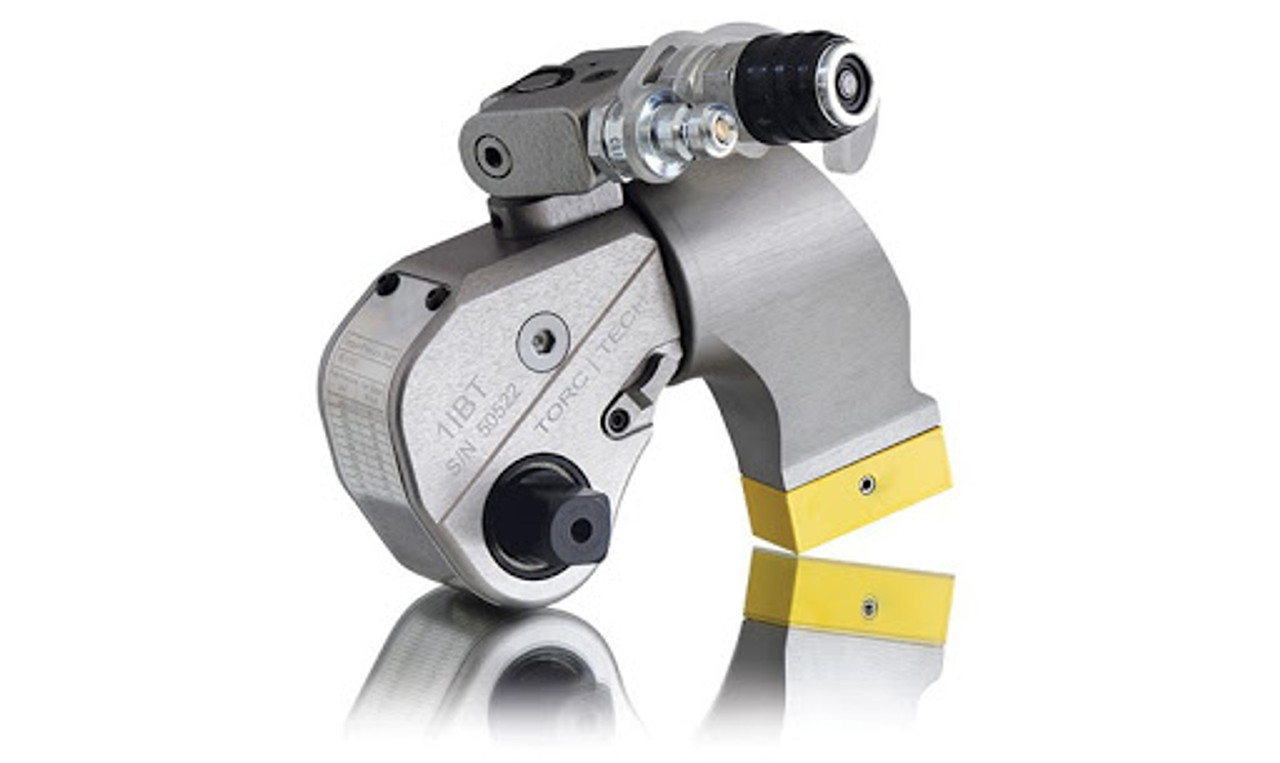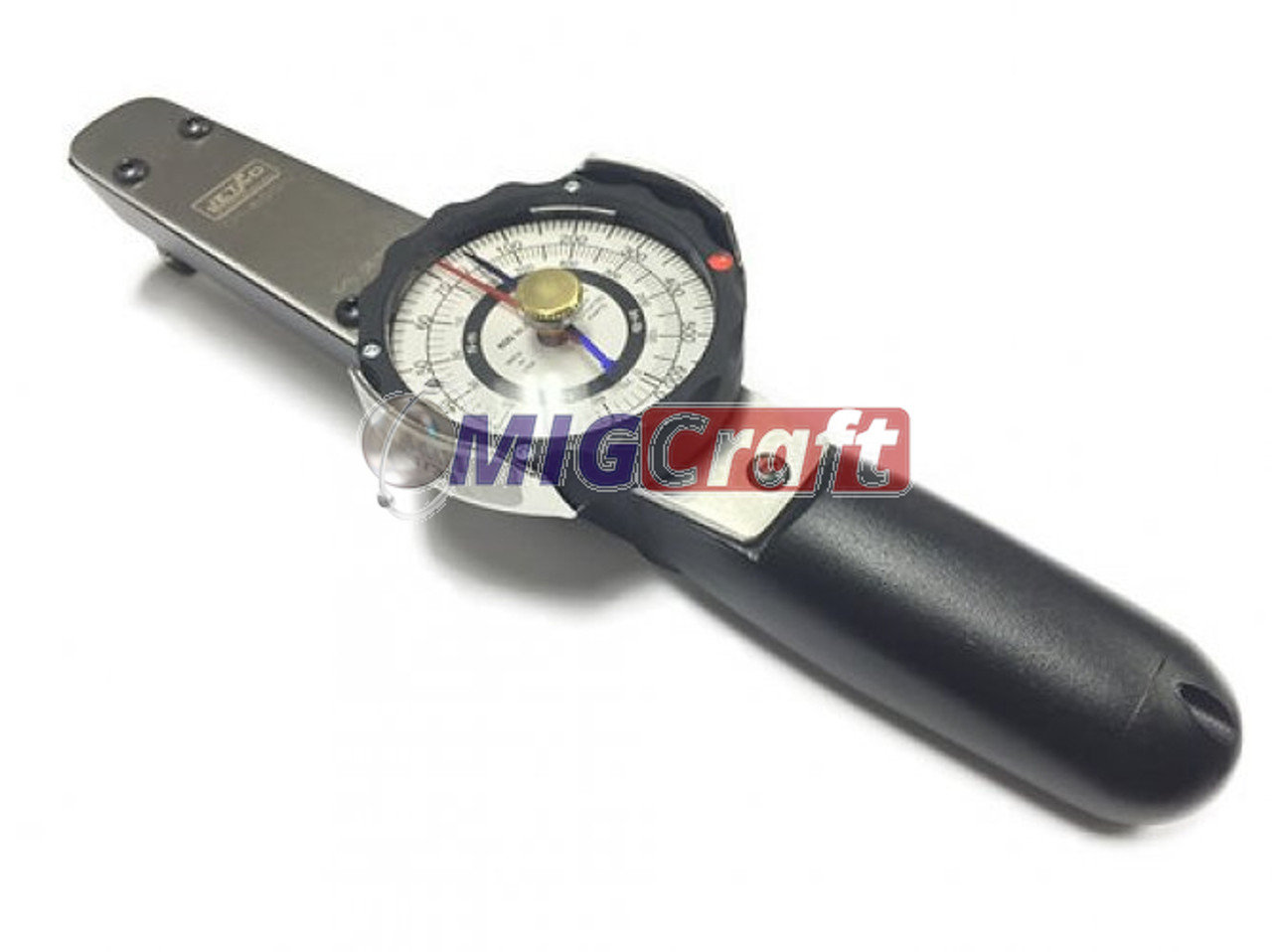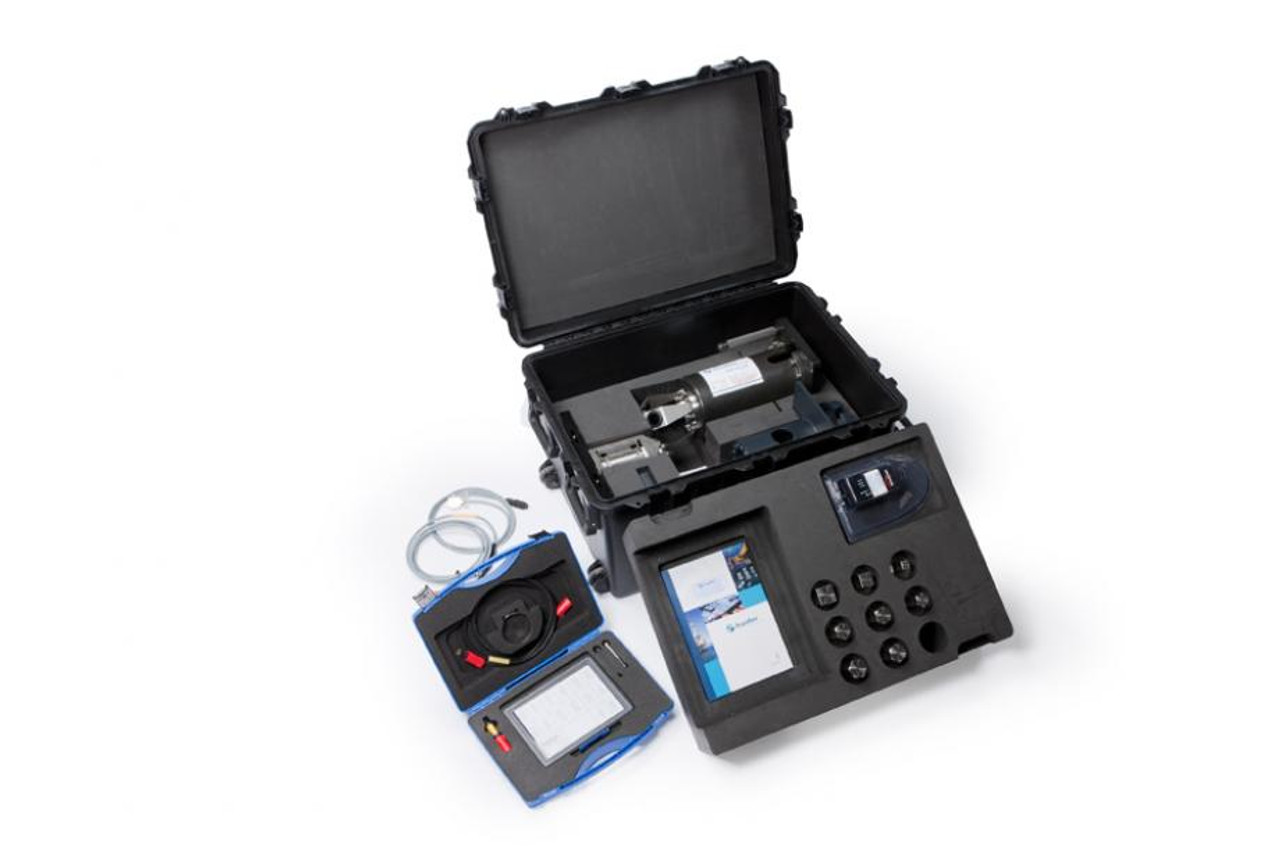Torque Wrench: Achieving Proper Bolt Tightness
Torque Wrench: Achieving Proper Bolt Tightness
When tightening bolts, achieving the proper level of tightness is crucial. Over-tightening can lead to stripped threads or even breakage, while under-tightening can result in a loose connection that can fail under stress. This is where a torque wrench comes in handy. A torque wrench is a tool that allows you to tighten bolts to a specific level of torque, ensuring that they are neither too loose nor too tight. In this article, we will discuss how to use a torque wrench properly to achieve the desired level of bolt tightness.
Click Type Adjustable Torque Wrench GTW750 MigCraft
What is a Torque Wrench?
A torque wrench is a tool that allows you to tighten bolts to a specific level of torque. It is designed to measure the amount of force applied to a bolt and provide an audible or visual signal when the desired torque level is reached.
Hydraulic Torque Wrench IBT Wren
Types of Torque Wrench
Several types of torque wrenches are available, including beam-style, click-style, and digital torque wrenches. Each type has its advantages and disadvantages, but all are designed to achieve the same goal: proper bolt tightness. The most common types include:
a. Click-Type Torque Wrench: This type of torque wrench emits a click sound when the desired torque level is reached, indicating that it's time to stop applying force. It is easy to use and ideal for most automotive applications.
b. Beam-Type Torque Wrench: This torque wrench uses a calibrated bending element to indicate the applied torque level. It visually indicates torque but lacks the convenience of an audible signal.
c. Digital Torque Wrench: With a digital display, this torque wrench offers precise torque readings and often comes with additional features like memory storage and audible alerts.
MigCraft Adjustable Torque Wrench, L x 3.15" W x 2.56" H, G1Q1J211C78
How to Use a Torque Wrench
Using a torque wrench is a simple process but requires some care and attention to detail. Here are the steps to follow:
- Choose the Right Torque Wrench: The first step is to choose the proper torque wrench for the job. Consider the size of the bolt you are tightening and the level of torque required. Make sure the torque wrench you choose can measure the required torque level.
- Calibrate the Torque Wrench: Before using the torque wrench, it is essential to calibrate it to ensure accuracy. Follow the manufacturer's instructions for calibration, which may involve adjusting the torque setting or using a calibration tool.
- Set the Torque: Once the torque wrench is calibrated, set it to the desired torque level. This may involve adjusting a dial or digital display on the wrench.
- Align the Wrench: Align the torque wrench with the bolt you tighten. Make sure the socket fits tightly and doesn't feel loose.
- Apply the Torque: Apply force to the torque wrench until you hear or see the signal that the desired torque level has been reached. This may involve a clicking sound, a visual indicator, or a change in resistance.
- Reset the Torque Wrench: After use, reset the torque wrench to its lowest setting to prevent damage to the internal mechanism.
MigCraft Dial Type Mechanical Torque Wrench
Selecting the Right Torque Wrench
Consider the following factors when choosing a torque wrench:
a. Torque Range: Ensure the torque wrench covers the range required for your automotive work. Different applications may have varying torque specifications.
b. Accuracy: Look for a torque wrench with a high level of accuracy, ideally within +/ 4% to ensure precise torque application.
c. Durability: Opt for a torque wrench made with sturdy materials that can withstand the demands of regular use in an auto repair shop.
d. Calibration: Check if the torque wrench can be easily calibrated to maintain accuracy over time. Regular calibration is essential for reliable torque readings.
e. Ease of Use: Consider features like a comfortable grip, clear torque markings, and user-friendly adjustment mechanisms.
4. Proper Technique: To effectively use a torque wrench, follow these steps:
a. Set the Desired Torque: Consult the manufacturer's specifications or repair manual to
MigCraft Torque Wrench Verification System
Tips for Using a Torque Wrench
- Here are some additional tips when using a torque wrench: Always use the correct size socket for the bolt you tighten. Using the wrong size socket can damage the bolt or the wrench.
- Avoid using a torque wrench when first attaching the nut or bolt. Torque wrenches provide a lot of power, and if your nut or bolt isn't perfectly aligned, you could destroy the threadings.
- Whenever more than two fasteners are securing a part, it's important to alternate the tightening among them. Start all the bolts or nuts, a few threads, and then run them hand-tight.
- Store your torque wrench in a dry, cool place to prevent damage to the internal mechanism.
Conclusion
A torque wrench is an essential tool for achieving proper bolt tightness. Following the steps outlined in this article, you can use a torque wrench safely and accurately to ensure your bolts are tightened to the correct torque level. Remember to choose the torque wrench, calibrate it properly, and follow the manufacturer's instructions. With some care and attention, you can achieve the desired level of bolt tightness and avoid the problems that come with over-tightening or under-tightening.
Also read
Pneumatic Ratchet: A Handy Tool for Quick and Easy Fastening
Impact Wrench: Power and Efficiency for Removing Stuck Bolts
Recent Posts
-
Comparative Analysis: Distilled Water vs. Tap Water for Battery Use
Key takeaway:The purity of distilled water helps in maintaining the optimal chemical balance within …26th Apr 2024 -
A Complete Buyer’s Guide to Welding Machines in Mangoro, Ikeja, Lagos
IntroductionThere are currently numerous dealers of welding machines in Lagos, but selecting th …25th Apr 2024 -
Where to buy welding equipment in Nigeria Near me
When you're in need of welding equipment in Nigeria, finding a reliable source is crucial to en …22nd Apr 2024









